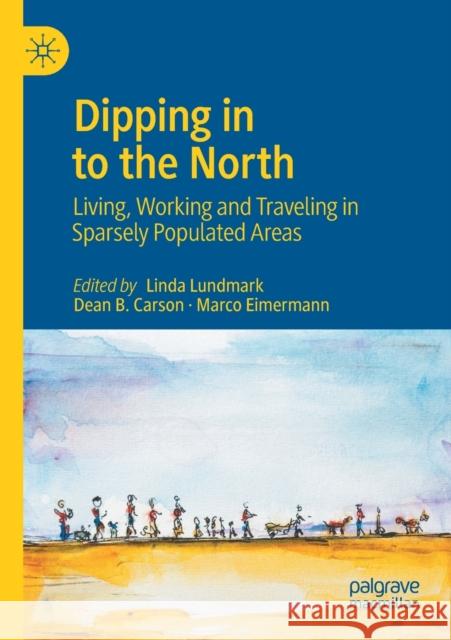Dipping in to the North: Living, Working and Traveling in Sparsely Populated Areas » książka
topmenu
Dipping in to the North: Living, Working and Traveling in Sparsely Populated Areas
ISBN-13: 9789811566257 / Angielski / Miękka / 2021 / 440 str.
Dipping in to the North: Living, Working and Traveling in Sparsely Populated Areas
ISBN-13: 9789811566257 / Angielski / Miękka / 2021 / 440 str.
cena 201,72
(netto: 192,11 VAT: 5%)
Najniższa cena z 30 dni: 192,74
(netto: 192,11 VAT: 5%)
Najniższa cena z 30 dni: 192,74
Termin realizacji zamówienia:
ok. 22 dni roboczych
Bez gwarancji dostawy przed świętami
ok. 22 dni roboczych
Bez gwarancji dostawy przed świętami
Darmowa dostawa!
Kategorie BISAC:
Wydawca:
SPRINGER
Język:
Angielski
ISBN-13:
9789811566257
Rok wydania:
2021
Ilość stron:
440
Waga:
0.52 kg
Wymiary:
21.01 x 14.81 x 2.26
Oprawa:
Miękka
Wolumenów:
01
Dodatkowe informacje:
Wydanie ilustrowane











